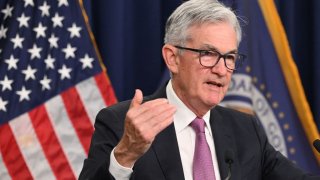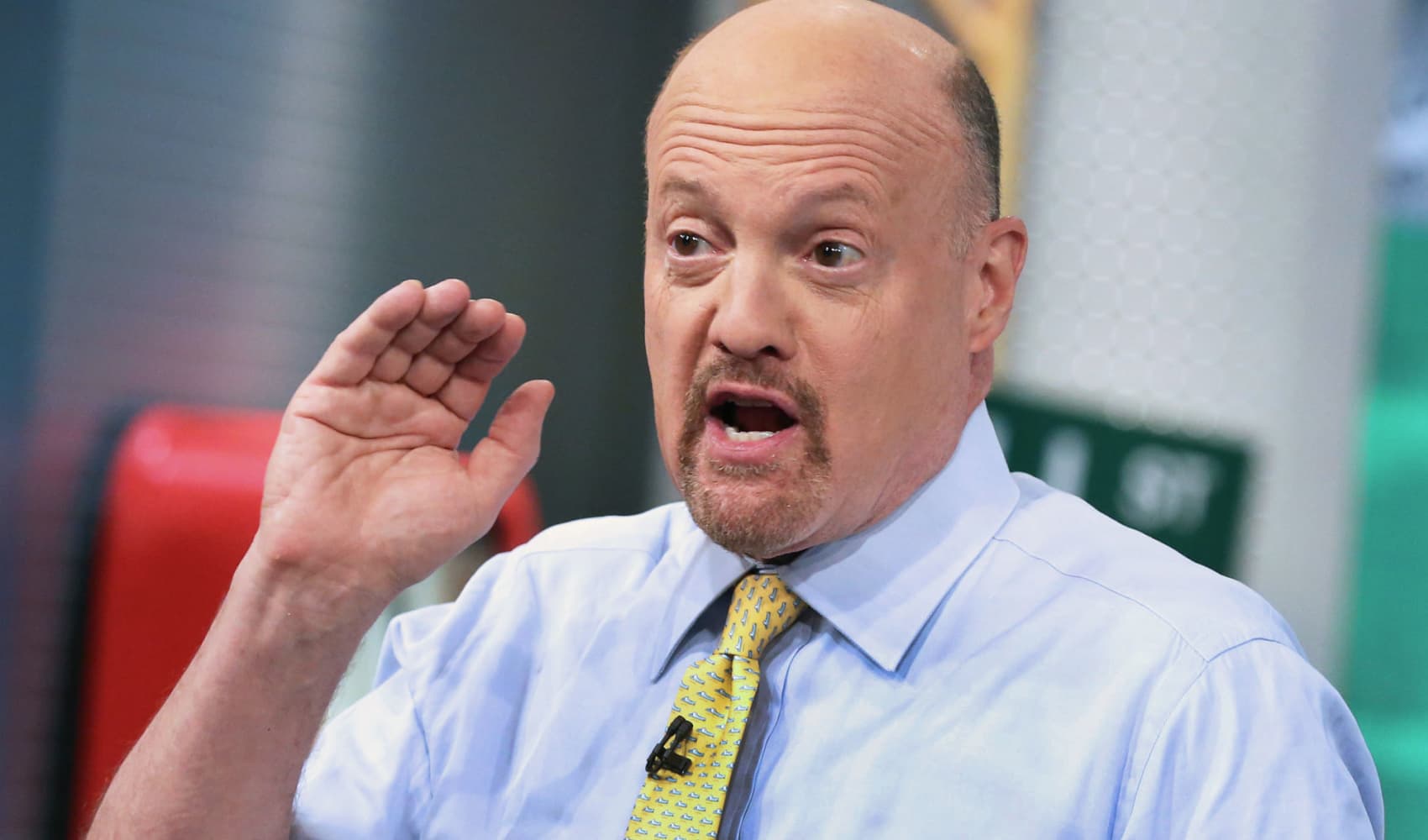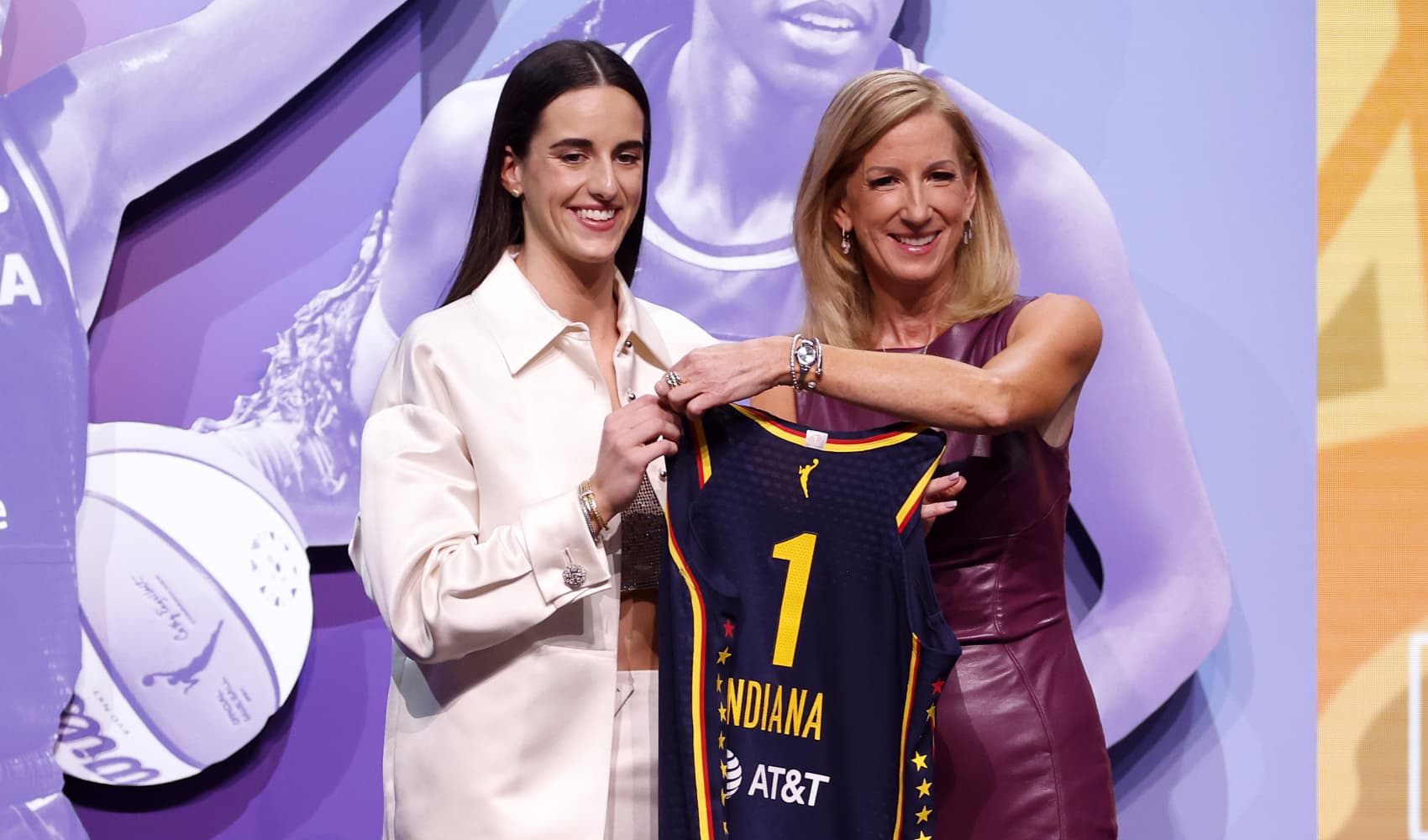
The rate of inflation was slower than expected in July, offering some hope that inflation is cooling down.
Inflation dropped 0.6% from its June peak, for a year-over-year rate of 8.5%, according to Labor Department data published Wednesday. This was lower than many estimates, including a Bloomberg survey of 44 economists that predicted a rate of 8.7%.
The slowing rate of inflation is due in large part to a 7.7% decline in gas prices, but also drops in prices for used vehicles, airline fares and apparel. However, prices remain elevated overall in broad categories like shelter and food. Food prices increased by 1.1% in July, following a 1% gain in June.
For that reason, it might be premature to suggest that inflation has peaked based on this data, says Greg McBride, chief financial analyst at Bankrate.com.
Get South Florida local news, weather forecasts and entertainment stories to your inbox. Sign up for NBC South Florida newsletters.
"To really feel like we've hit a peak, we need to see a sustained pullback in a broad range of categories," he says. "And we're not seeing that: Some of the sharpest increases in categories like necessities continue, with food prices up at the fastest pace in 43 years."
"Shelter costs continue to rise at a knee-buckling pace, and with rents lagging the increase in home prices, the continued upward pressure from shelter costs is likely to persist for some time."
Here's how much prices have increased over the past year for certain household goods and services, according to the Labor Department:
- Gas: 44%
- Airline fares: 27.7%
- Electricity: 15.2%
- Food at home: 13.1%
- New vehicles: 10.4%
- Food away from home: 7.6%
- Used cars and trucks: 6.6%
- Shelter: 5.7%
- Apparel: 5.1%
- Beer: 4.6%
Expect more interest rate hikes as long as inflation is high
Money Report
To reduce inflation down to a benchmark target rate of 2%, the Federal Reserve has already implemented four rate hikes in 2022, including two consecutive 0.75% rate hikes in June and July. The federal funds rate is currently 2.25% to 2.50%.
These hikes increase the cost of borrowing, which can slow down economic growth. But that also means that debt servicing costs will increase for things like credit cards, auto financing and personal loans.
With inflation remaining persistently high — well above the benchmark target rate of 2% — another interest rate hike seems almost certain when the Fed meets in September. Whether those rate hikes will be 0.5% or 0.75% remains to be seen, says McBride.
"Whatever progress we've seen has to be sustained a month from now, when we get the August CPI report," he says. "Otherwise, this will be quickly forgotten. So I think it's a little bit early to be revising the Fed's forecast based on a number that may not be repeated next month."
Sign up now: Get smarter about your money and career with our weekly newsletter
Don't miss: Investing pro: Are you taking on too much risk? Now's a great time to check






